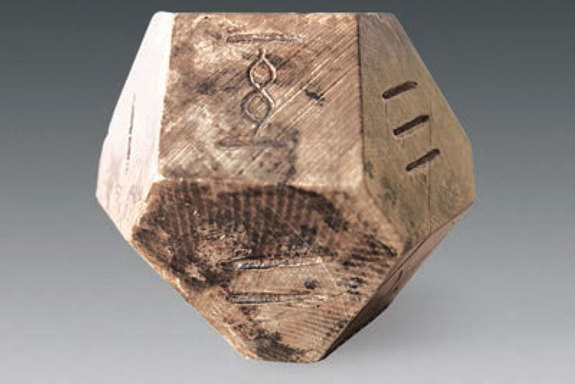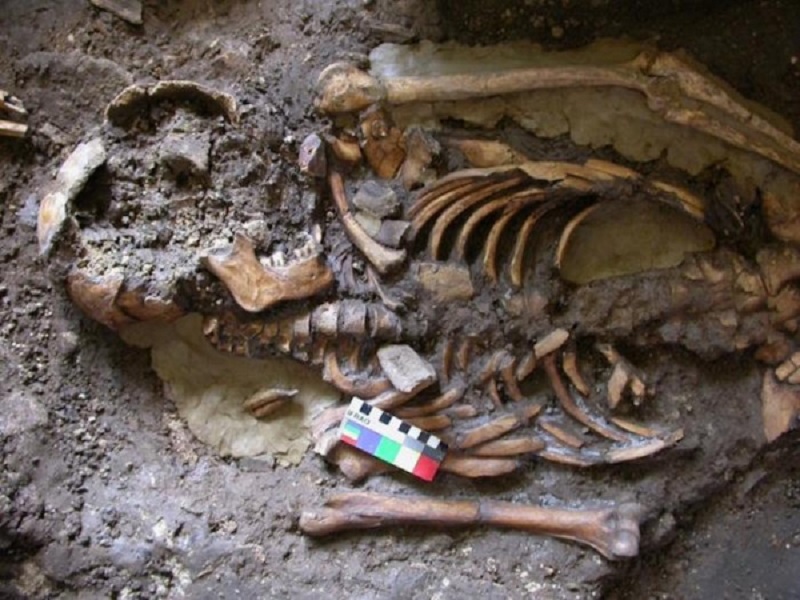Just a couple of decades ago, the people of ancient civilizations were viewed as simple, primitive people. However, numerous discoveries since then have revealed a number of surprising facts about ancient cultures, namely that
many of them possessed advanced knowledge of metallurgy, mathematics, chemistry, astronomy, and more. With this knowledge they forged steel stronger than anything else seen until the Industrial Revolution, created a recipe for
concrete so durable that their buildings would endure for millennia longer than the constructions of today, cut stones and assembled walls so precisely that attempts at modern-day replications have failed. Scientists are still scratching their heads over some of the amazing accomplishments of ancient civilizations. Here we feature ten of them.
1. Aqueducts and hydro technologyWho would have thought that 21
st century governments would be looking to 1,500-year-old technology for guidance on how to solve water access problems? But that is exactly what is happening in Lima, Peru.
Peru has been facing a severe water crisis as chronic problems, such as polluted water supplies, and environmental change combine to undermine the water security of the entire country. However, a new plan has been put forward by Lima's water utility company, Sedapal, to
revive an ancient network of stone canals that were built by the Wari culture as early as 500 AD, in order to supply the population with clean, unpolluted water.The Wari built an advanced water conservation system that captured mountain water during the rainy season via canals. The canals transported the water to places where it could feed into springs further down the mountain, in order to maintain the flow of the rivers during the dry season.
Many ancient civilizations are known for their advanced construction of cisterns, canals, aqueducts, and water channelling technology, including the
Persians,
Nabataeans,
Romans,
Greeks,
Harrapans, and many more.


Comment: See also: Rare 'prone' burial in Italy attributed to a 'witch girl'